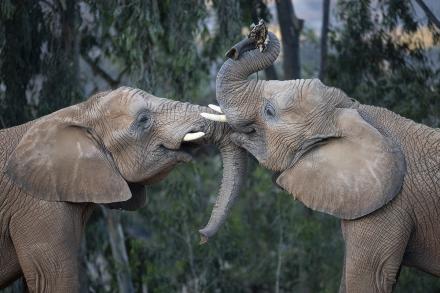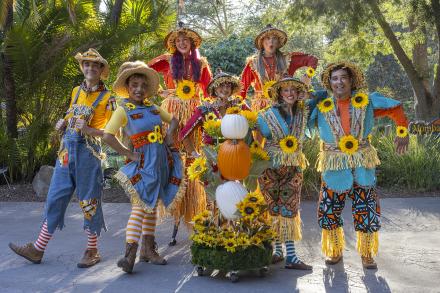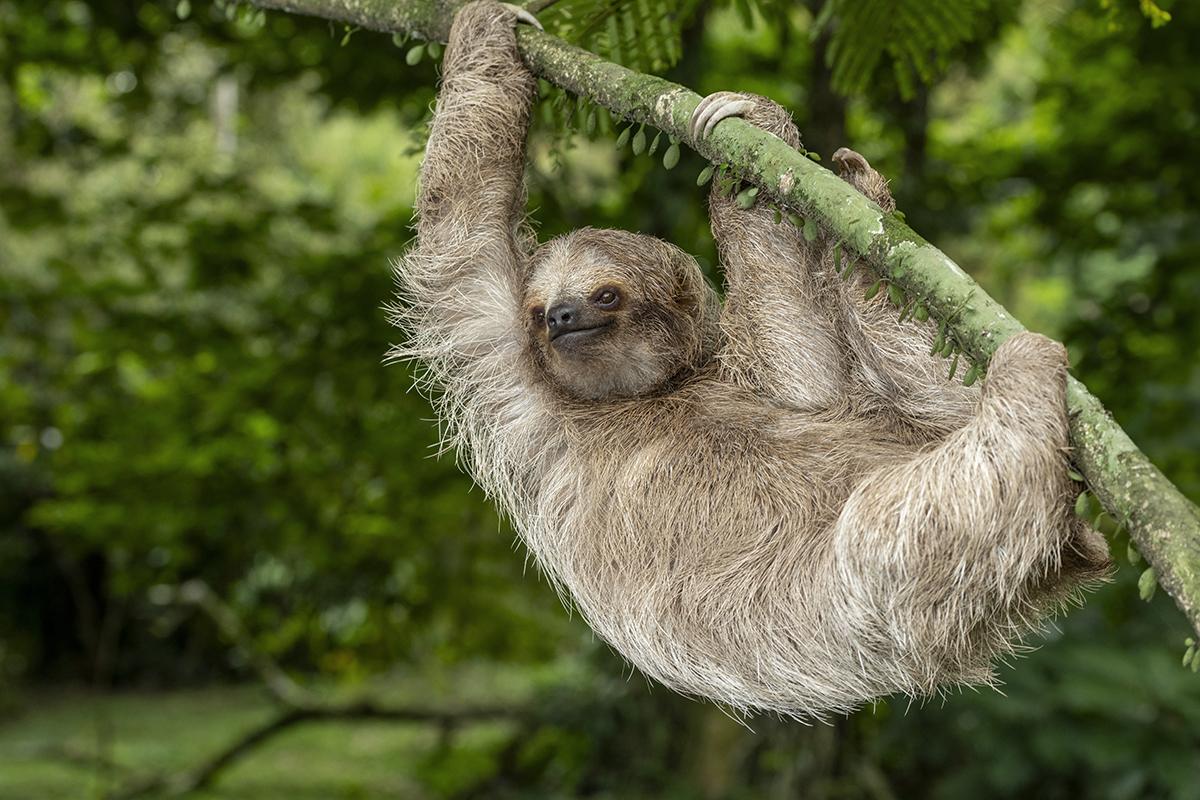
Photo: NTCo/iStock/Getty Images Plus
There is a delicate balance in nature. Known as symbiosis or mutualism, this organic give-and-take helps balance the environment in a continued collaboration between species and their ecosystems. This type of interspecies cooperation occurs more often than one might think, and it’s a win-win for all. In honor of International Friendship Day (August 3), here’s a look at instances where two heads (or beaks, or stems) are better than one.
SLOTHS AND MOTHS
When the tree-dwelling three-toed sloth (pictured above) in Costa Rica makes its weekly descent for a bathroom break, it carries with it the pyralid moths that live in its fur. The moths get their nutrition from the sloth’s skin. The moths increase the nitrogen content of the sloth’s fur, helping lipid-rich algae grow, which the sloth needs to supplement its limited diet. While the sloth is on the ground, female moths emerge from the sloth’s fur to deposit their eggs in the sloth’s feces. The moth larvae become moths that flutter back up into the tree overhead. There they find a sloth and burrow into its fur, starting the cycle again.
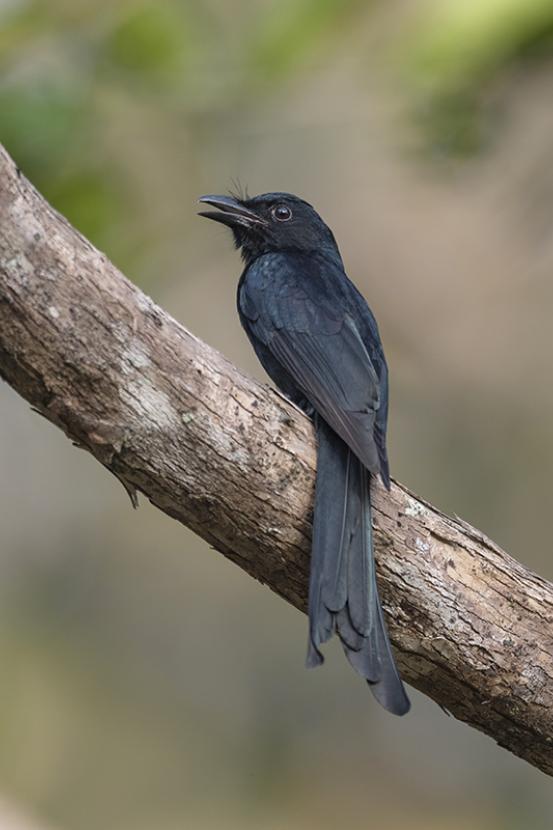
Drongo bird
Photo: ePhotocorp/iStock/Getty Images Plus
WARNING CALL OR CRYING WOLF?
Meerkats and drongo birds enjoy a (mostly) symbiotic relationship. On the African plains, the drongo acts as a lookout for hunting meerkats, giving a warning cry when a predator comes near. When they hear that alert, the meerkats race back to the safety of their burrow. If, in their haste, they happen to drop the prey they just caught, the drongo swoops down to grab a free snack. Bad luck for the meerkats? Sometimes. Scientists have discovered the drongo is a talented mimic, able to replicate the vocalizations of other species. By raising false alarms, the drongo can often convince meerkats that dange is near and capitalize on any hastily dropped delicacies. They have even been reported as copying the meerkats' own danger call.
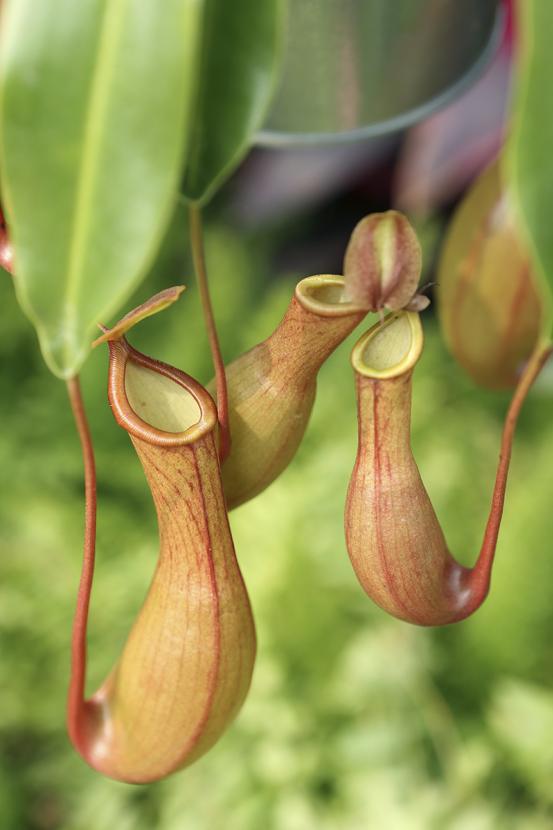
Pitcher plant
Photo: tc397/iStock/Getty Images Plus
ROOM AND BOARD
In the case of tropical pitcher plants and woolly bats, the two parts of this relationship trade a place to stay for a full stomach. Using echolocation, the woolly bat traverses the forests of Borneo to find the tropical pitcher plant. The plant’s shape makes a perfect roost for the tiny (about one inch in height) flying mammal. The bat climbs in, and while it gets a safe place to nap, the plant benefits from its guano, which provides one-third of the plant’s nitrogen needs.
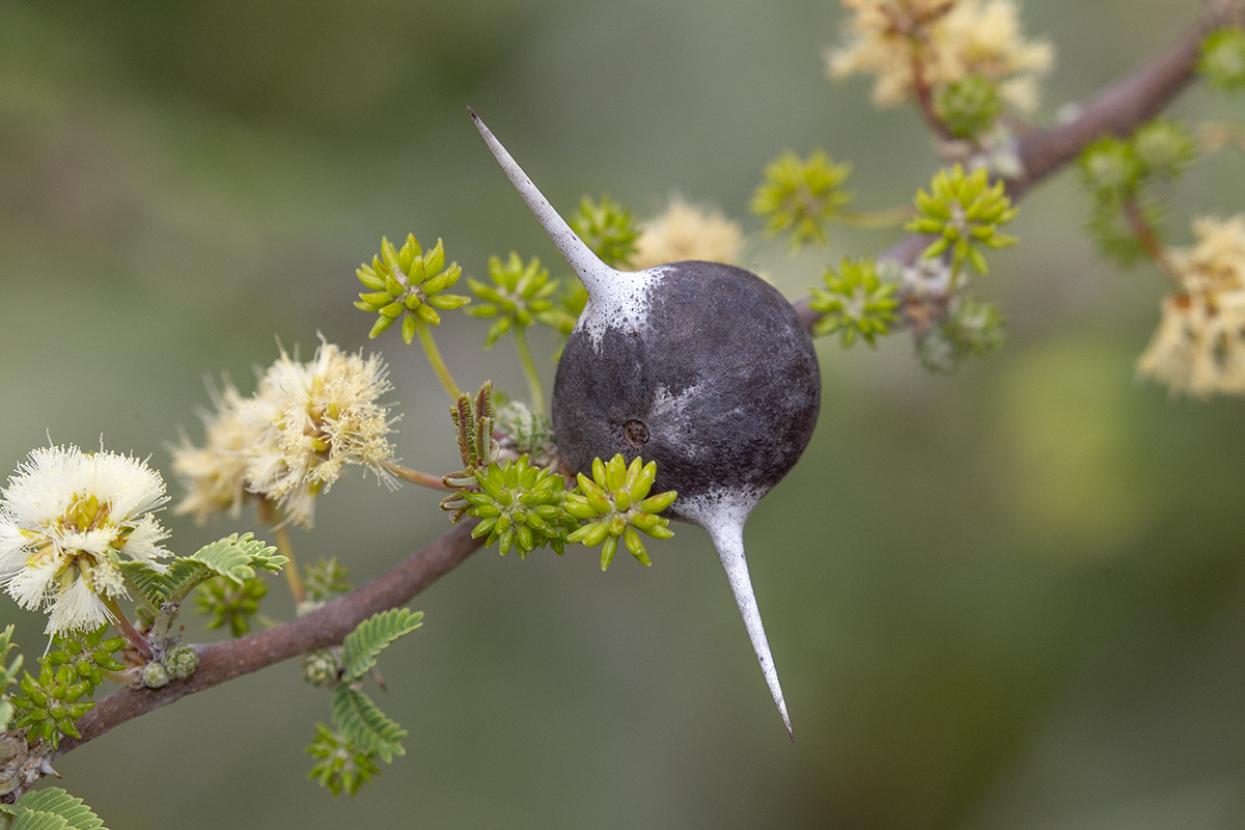
Whistling thorn tree bulb
Photo: SDZWA
SCURRYING SECURITY SYSTEM
On the African savanna, four ant species have made themselves right at home within the thorn bulbs of the whistling thorn tree. The tiny tenants bore holes into the bulbs and settle in, enjoying shelter and the nectar the trees provide. When the wind blows, the spiky appendages become natural whistles, resulting in the sound that gives the tree its common name. But the ants aren’t just providing a soundtrack to the tree’s life; they defend the whistling thorn against tree-grazing mammals. When a branch is disturbed, ants swarm out of the holes—into the mouths and up the noses of the unlucky nibblers.
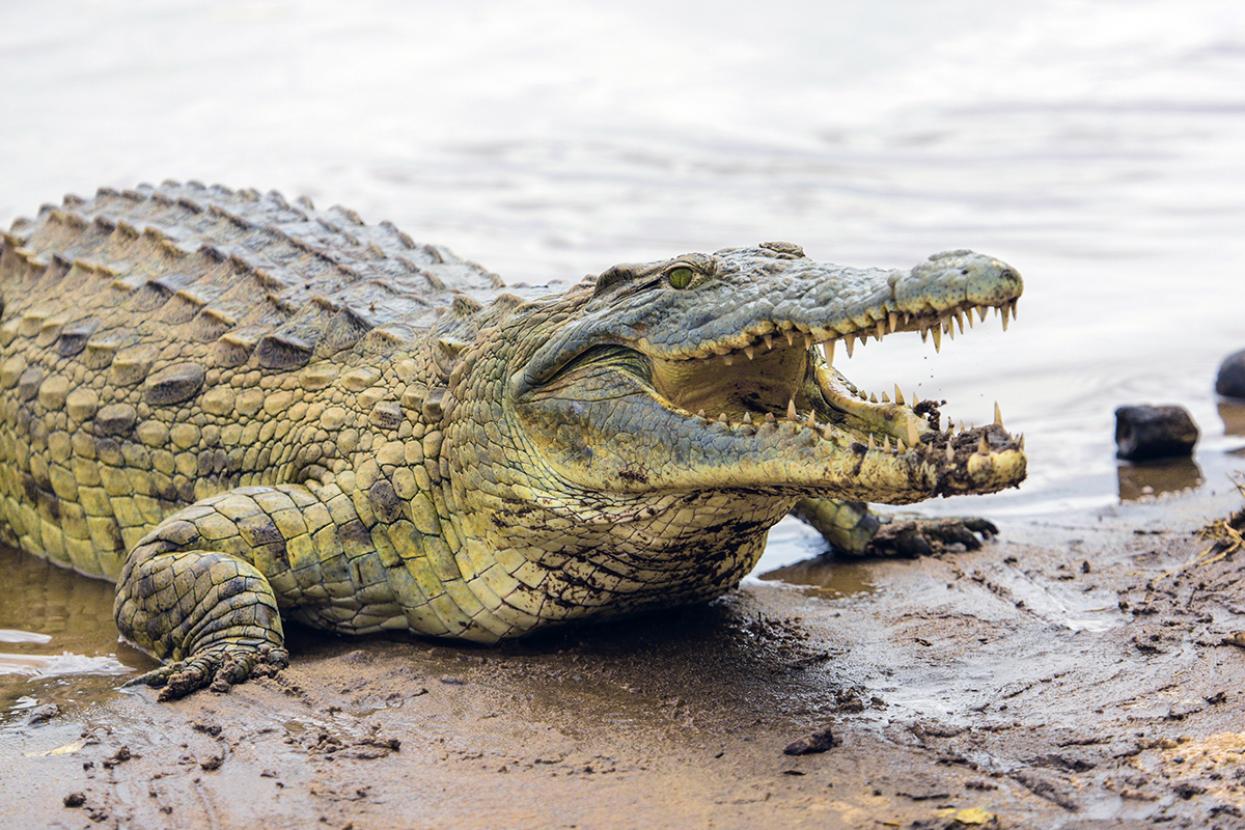
Nile crocodile
Photo: MariusLtu/iStock/Getty Images Plus
PICKY, PICKY
Nile crocodiles in Egypt get a helping hand (or beak) with their dental hygiene from Egyptian plovers. After consuming prey, the crocodiles make their way onto a riverbank, get settled, and then wait, mouth open, for the plover to fly over and pick bits of food stuck between their teeth. The plover gets fed, and the crocodile gets rid of leftover meat that, if left in place, could rot and cause infection.
I'VE GOT YOUR BACK
Certain species of frogs and tarantulas benefit from hanging out together in places such as the Amazon rainforest, Sri Lanka, and Mexico. For example, in the tropical and subtropical forests, marshes, and swamps of Bolivia, Brazil, Colombia, Ecuador, and Peru, the dotted humming frog relies on the tarantula for protection from predators, food (it eats the spider’s leftovers), and shelter in the tarantula’s burrow. In return, the frog’s foraging protects the tarantula’s eggs from ants.
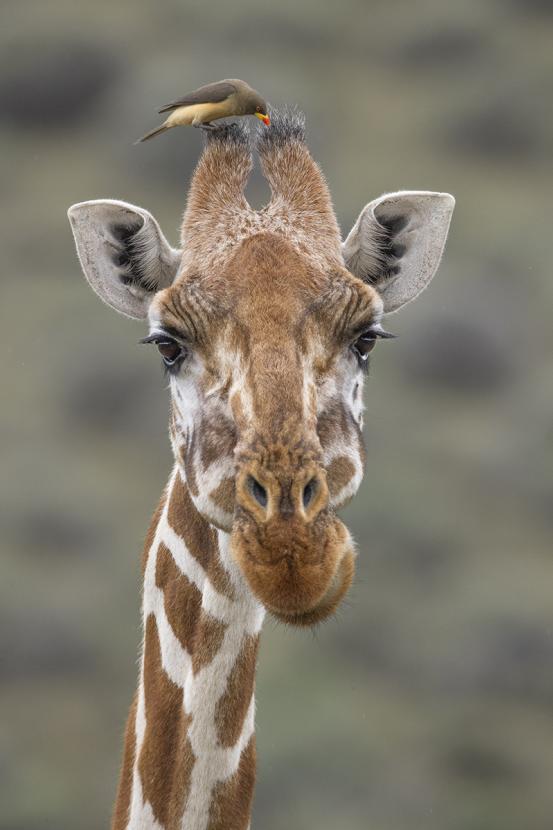
Giraffe with African oxpecker
Photo: SDZWA
PEST CONTROL
The African oxpecker, a small, eight-inch-long bird in sub-Saharan Africa, lives only where it can find specific species of ticks to eat. Oxpeckers pick the ticks off the hides of mammals such as giraffes, rhinos, elephants, zebras, and Cape buffalo, thus relieving the “host” of the tiny parasites—and enjoying a meal. Both red- and yellow-billed oxpeckers have the feet for the job; their claws are strong and sharp, allowing them to cling to the mammals’ tough skin.
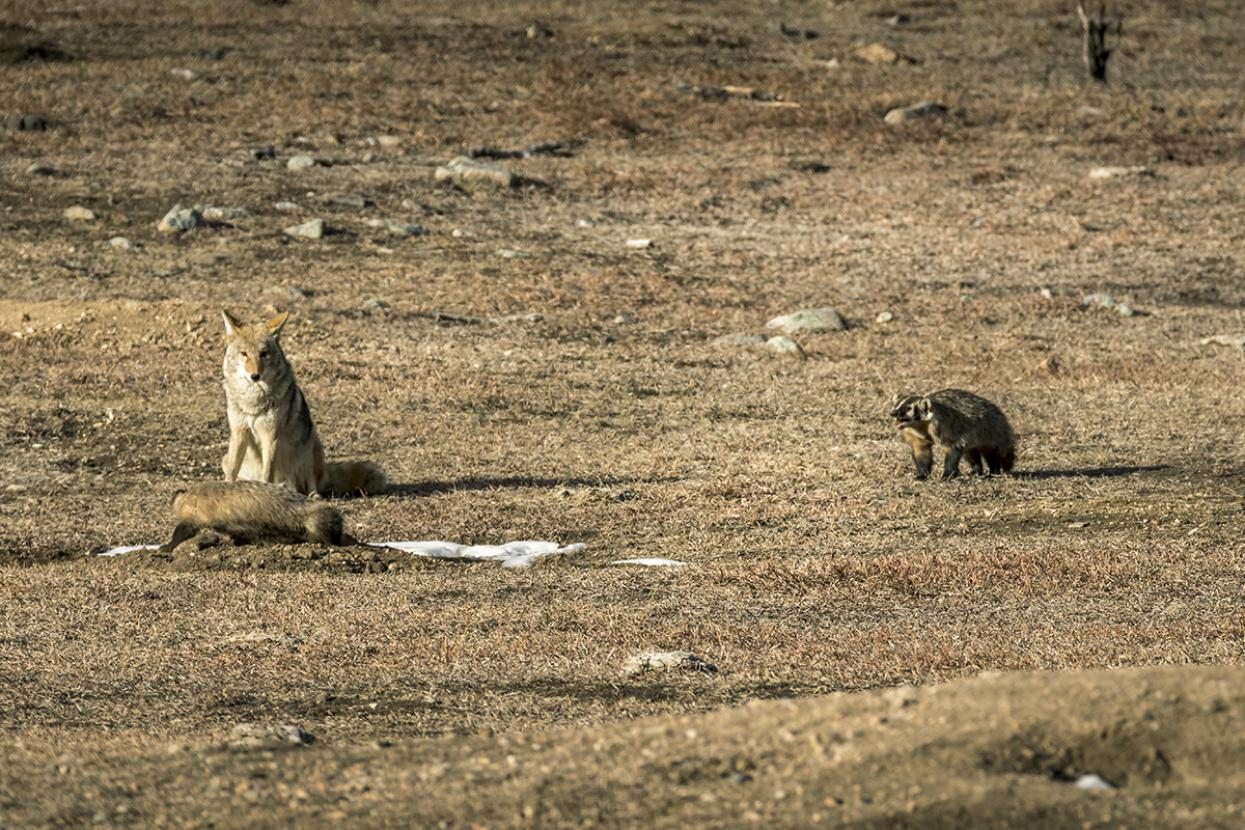
Coyote and badger
Photo: Dennis Laughlin/iStock/Getty Images Plus
HUNTING HIGHS AND LOWS
In some parts of North America, coyotes and badgers could be considered fair-weather friends—their cooperative hunting efforts seem to occur mostly when it’s warm (badgers can stay snug in their burrows during winter and find food underground). Should a prey animal, such as a prairie dog, take off running, the speedy coyote can easily chase it down. If dinner-on-the-go takes a dive into a burrow, the badger can dig after it. Their hunting success rate is higher when they work as a team. Coyotes are also believed to have a loose symbiosis with ravens. Ravens can pick at a coyote’s leftovers (a carcass), and their bird’s-eye view allows them to spot approaching danger. One "caw" from them and the coyotes know to make tracks out of the area.
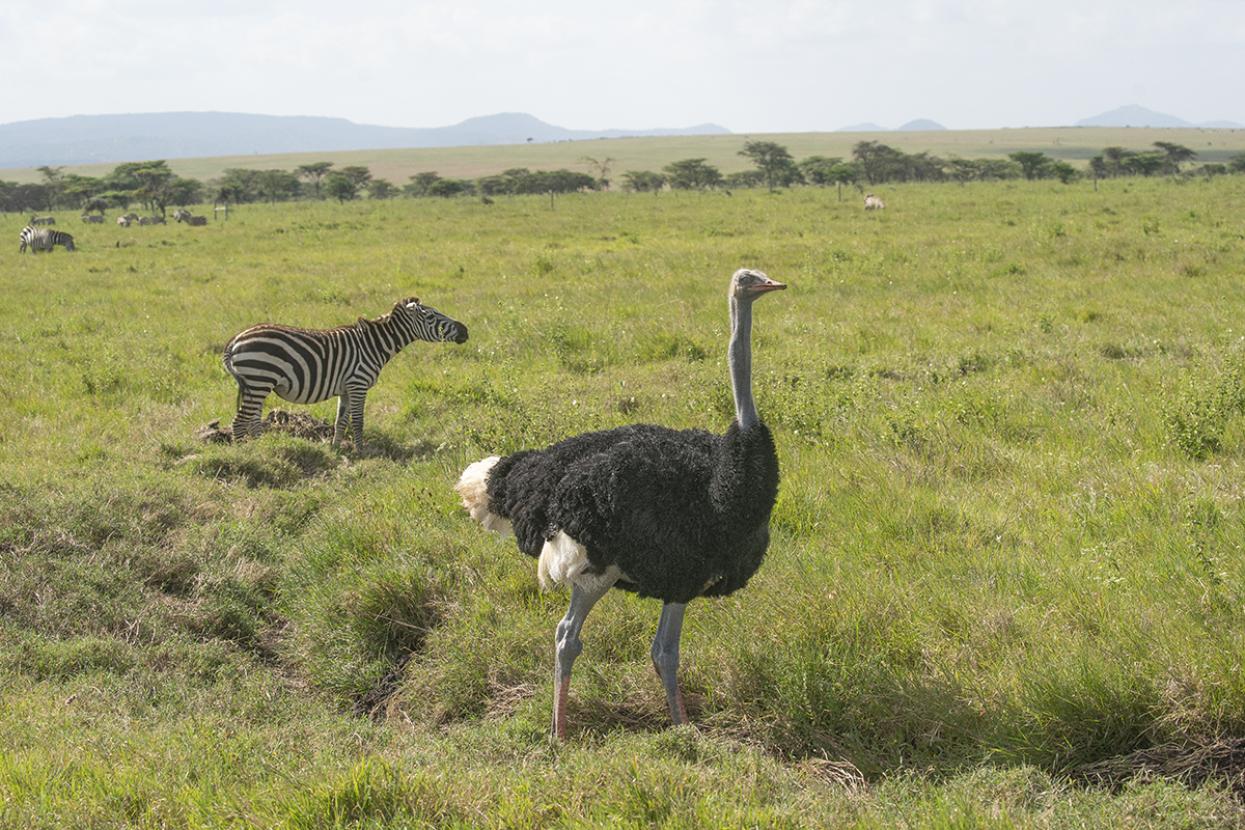
Zebra and ostrich
Photo: SDZWA
KEEP YOUR EYES (AND EARS, AND NOSE) OPEN
While some wildlife may find safety in numbers, ostriches and zebras find it in their senses. The two species share a habitat on the African savanna, and they use their respective strengths to survive. Ostriches have long necks and good eyesight that help them keep watch for any trouble. And while a zebra may not see quite as keenly as its avian associate, its rotating ears can certainly hear approaching predators. Its superior sniffing ability can pick up a whiff of impending danger as well.
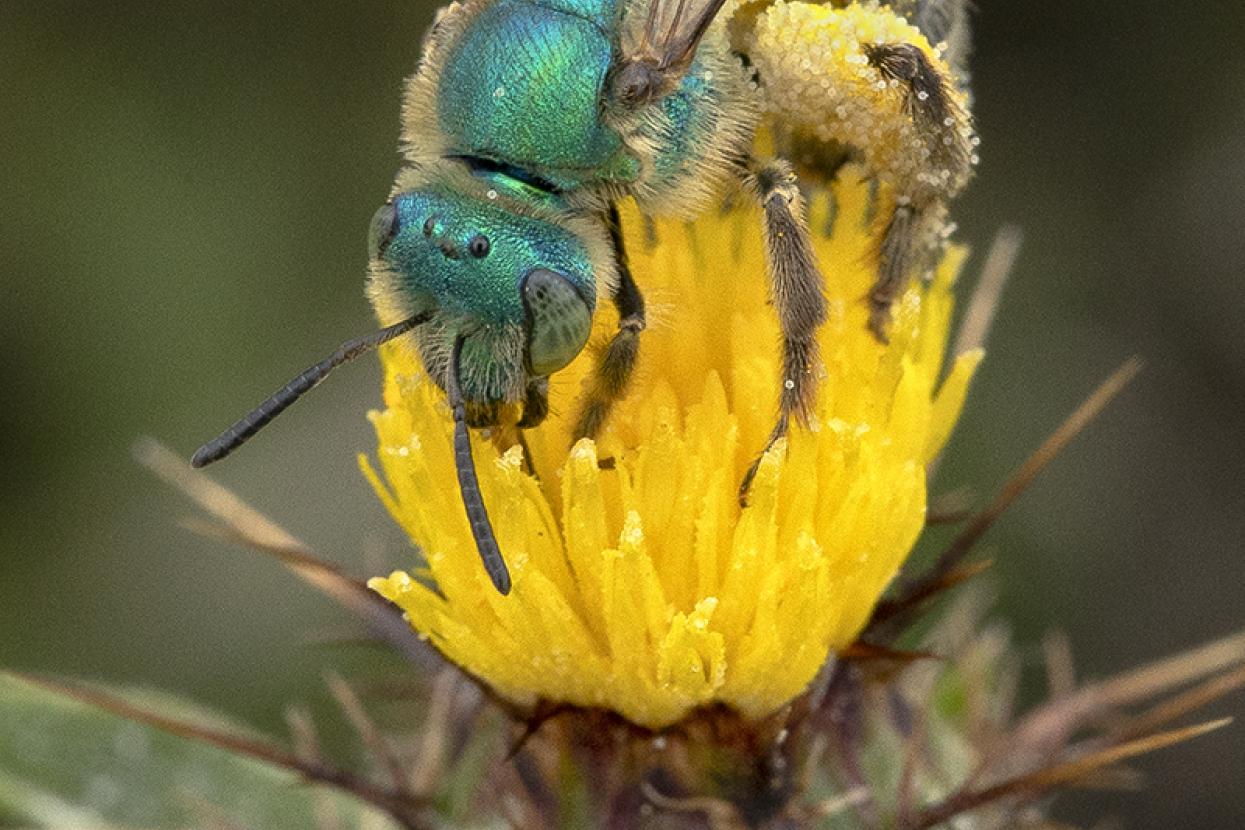
Bee
Photo: SDZWA
THE BUZZ ON POLLINATION
Found on every continent but Antarctica, bees fly from flower to flower gathering nectar and pollen, which become their food. But as they go about their business, they take a little of their work with them to the next stop. When they land on a blossom, the bees get some pollen on their hairy bodies; when they land in the next flower, some of the pollen from the first one rubs off, pollinating the plant. In this mutualistic relationship, the bees get fed, and the flowering plants get to make more plants. The next time you’re outside, take a look around and see if you can spot—or hear—a bee and a flower connecting. That’s symbiosis in action.


